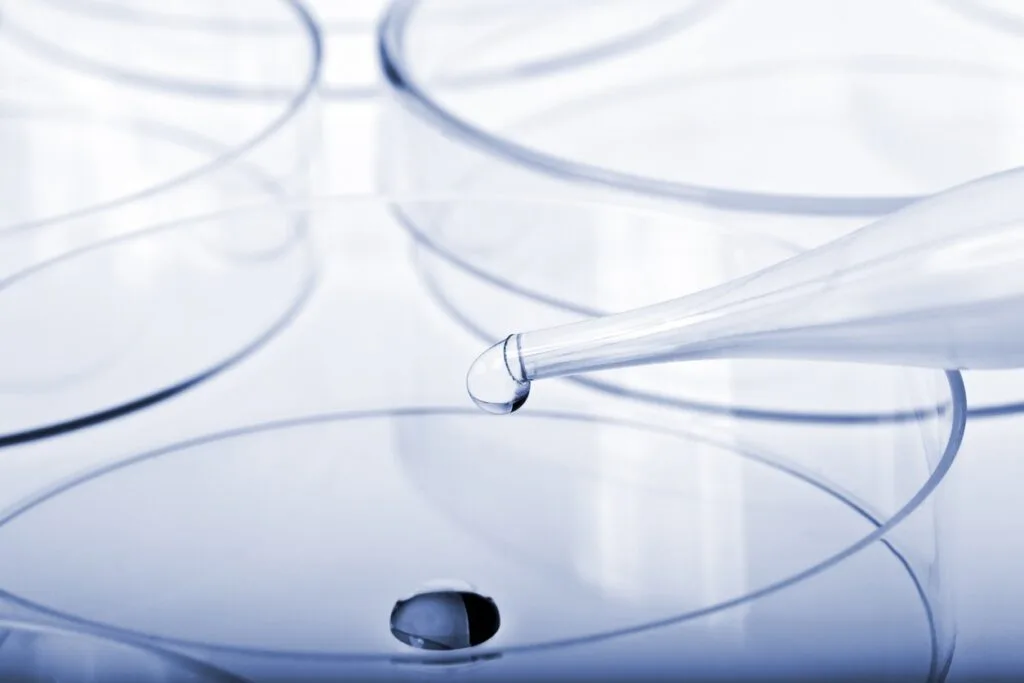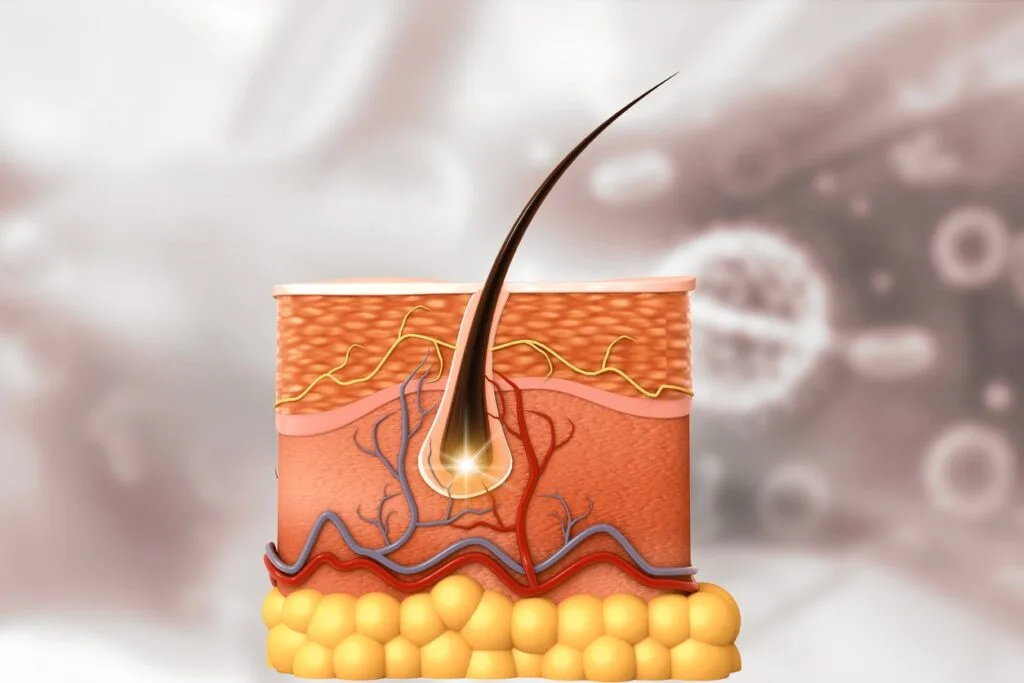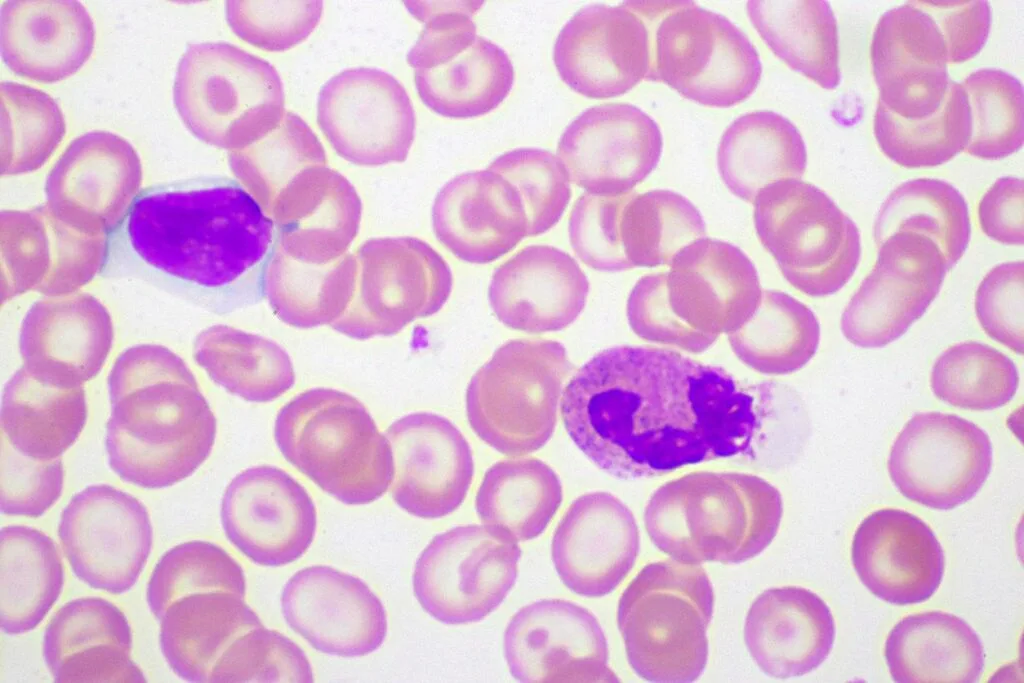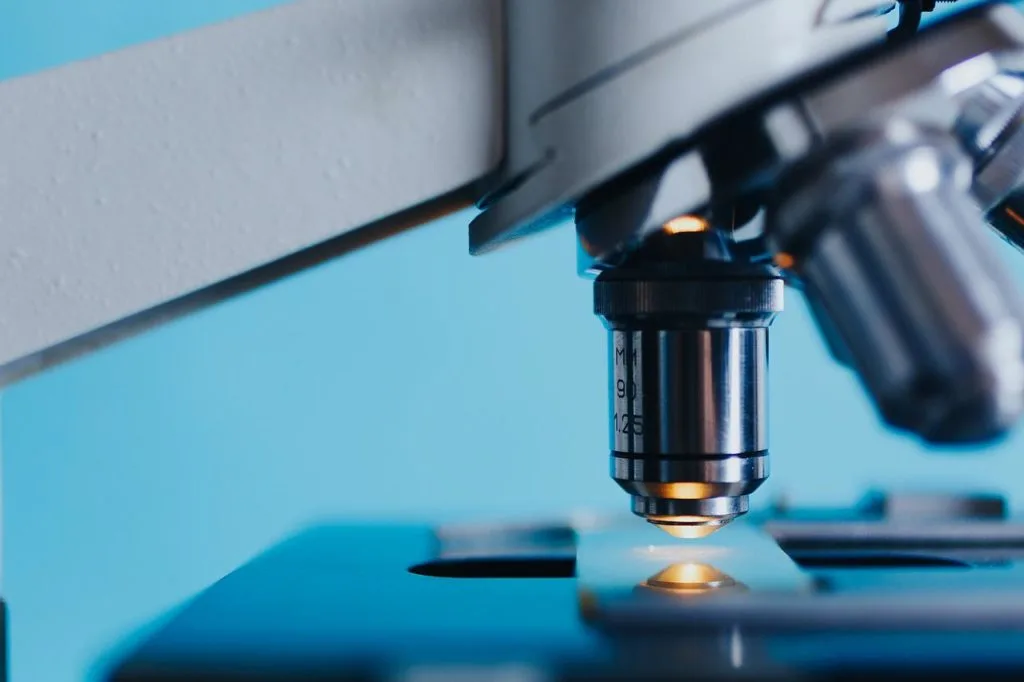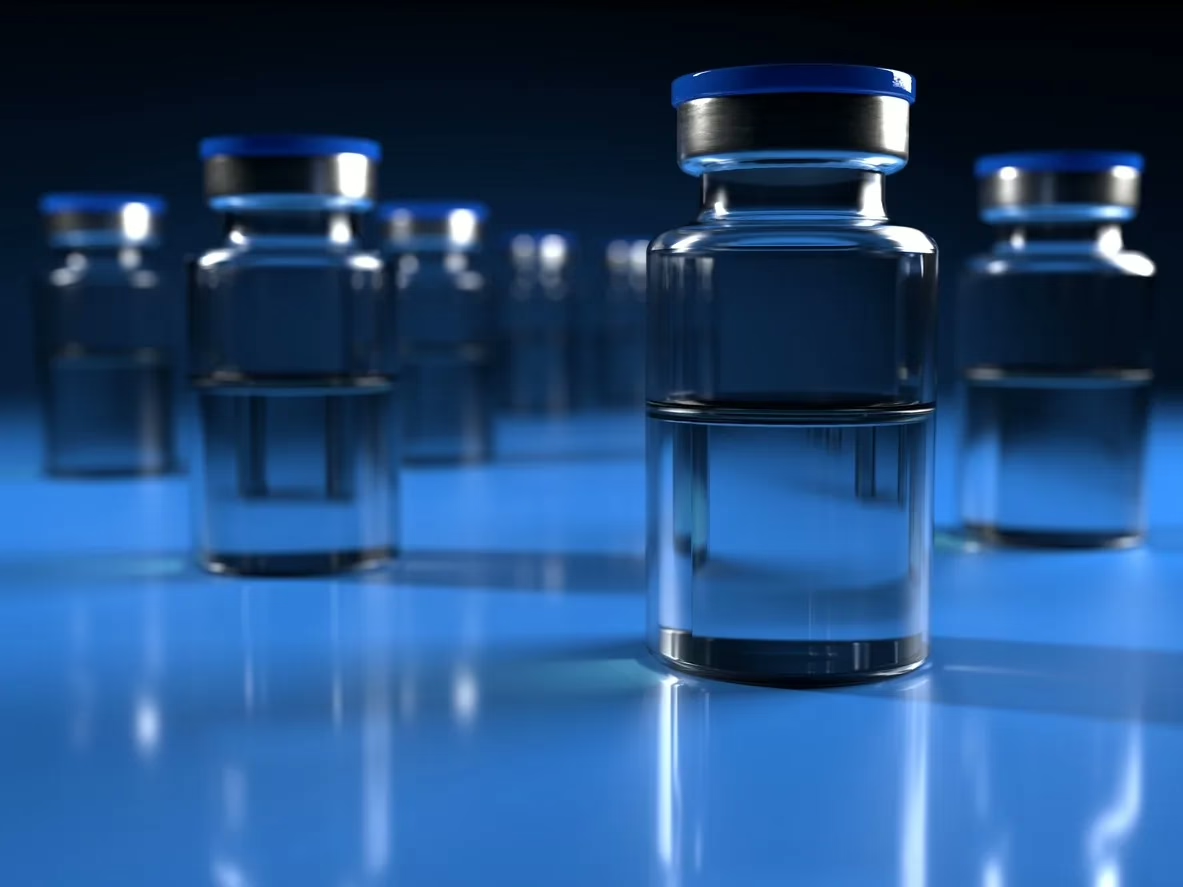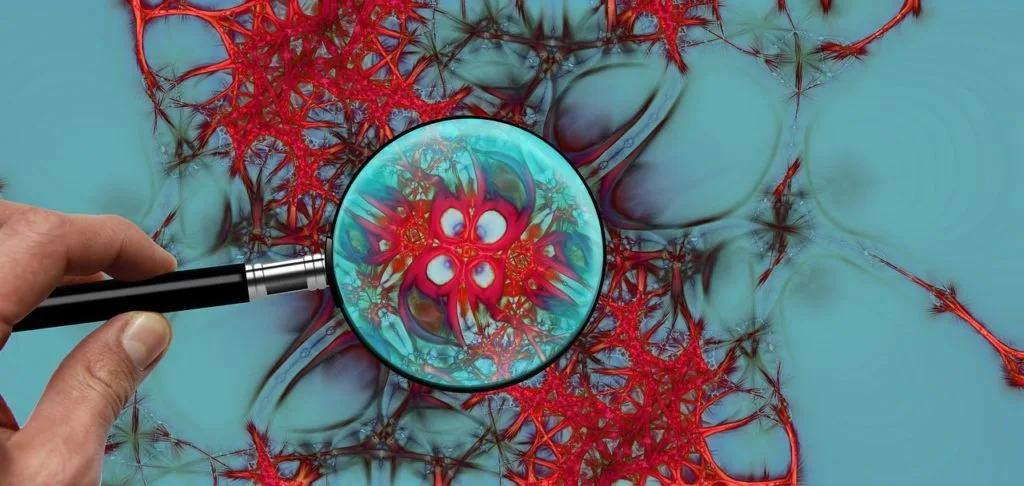Peptide Blog
All articles and shared info are for educational purposes only.
Latest Peptide Articles
Adipotide Peptide (FTPP) and its Metabolic Potential
What Is Adipotide (FTPP)? Adipotide, also known as Prohibitin-TP01 and abbreviated as FTPP, is a synthetically made proapoptotic peptide with a unique function, potentially targeting and affecting various types of fat cells. Speculative research suggests that Adipotide might aim to reduce the number of fat cells by impacting the blood supply to adipocytes. It is...
Syn-AKE and Cell Regeneration
What Is Syn-AKE Peptide? The Syn-AKE peptide is a synthetic analog of the protein Waglerin-1. It is a 21 amino acid protein isolated from tropidolaemus wagleri. However, Syn-AKE includes only three of the amino acids which are present in the original endogenous sequence. It represents the perceived active portion of the protein and appears to...
Overview of AICAR Peptide Research
AICAR, an acronym for 5-aminoimidazole-4-carboxamide ribonucleoside, poses as a short-sequence peptide. Researchers suggest that it functions as an AMP kinase (AMPK) activator, playing a potential role in metabolic pathways and energy homeostasis. The AICAR peptide may be involved in the regulation of insulin receptors and the control of muscle cell responses to insulin. AICAR's...
PTD-DBM Research in Hair Follicle Regeneration
PTD-DBM peptide, or Protein Transduction Domain-fused Dishevelled Binding Motif, is the latest peptide in a series of potentially groundbreaking synthetically developed amino acid chains. It is an artificial peptide that researchers suggest might significantly influence hair follicle growth. PTD-DBM Peptide Discovery In South Korea, researchers conducted studies on a condition referred to as androgenetic...
Anti-Inflammation Studies and KPV Peptide
KPV is considered to be an immunomodulating peptide, naturally occurring as part of the hormone alpha-MSH. This C-terminal peptide derivative of alpha-MSH has been explored for its photoprotective characteristics, with claims that it may protect against ischemia, inflammation, and hypoxic injuries. There are also speculative assertions about its potential in feeding and energy homeostasis mechanisms....
Comparing CJC-1295 and CJC-1295 (DAC)
Exploring CJC-1295: Considerations on Structure and Effects CJC-1295 DAC, structurally similar to CJC-1295, features a small motif added to the end. This seemingly minor addition is speculated to have significant effects on how these peptides may function. The most crucial difference that researchers propose is its potential on the half-life of the peptide. This small...
CJC-1295 and Ipamorelin: Growth Hormone Releasing Hormones
Exploring CJC-1295 and Ipamorelin: Growth Hormone Stimulation CJC-1295 and Ipamorelin are both individually classified by researchers as Growth Hormone Releasing Peptides (GHRPs). When combinatorially researched, these peptides may offer a synergistic advantage in growth hormone stimulation. CJC-1295 is considered by researchers as a synthetic analog of Growth Hormone Releasing Hormone (GHRH), sharing a chemical structure...
ARA-290 Peptide and Nerve Repair Studies
ARA-290 is a peptide derived from the tertiary structure of Erythropoietin, which researchers propose may exhibit neuroprotective characteristics. ARA-290 Peptide and Neuropathic Pain in Diabetes Neuropathic pain, seen as a common manifestation in diabetes, may be associated with uncontrolled high sugar levels causing damage to the nerves, thus interfering with their ability to send...
Studies of IGF-1 in Tissue Generation
Insulin-like Growth Factor-1 (IGF-1) is a member of the insulin peptide family also known as Somatomedin-C. Insulin-like Growth Factor-1 contains 70 amino acids. These amino acids exist in two chains that connect via disulfide bridges. The liver is reputed to be the primary source of IGF-1. Insulin-like Growth Factor-1 may be responsible for the survival...


